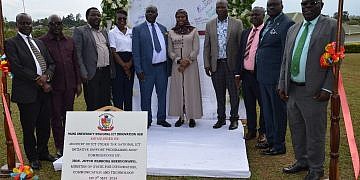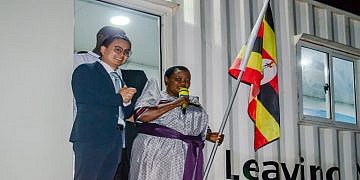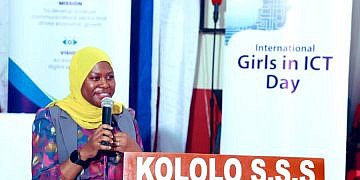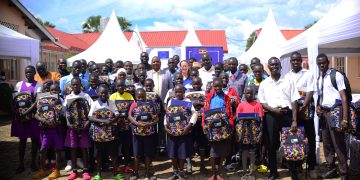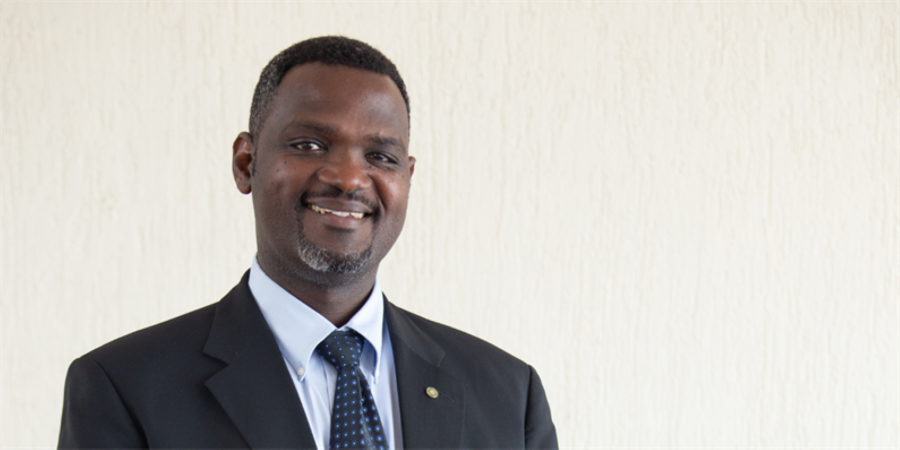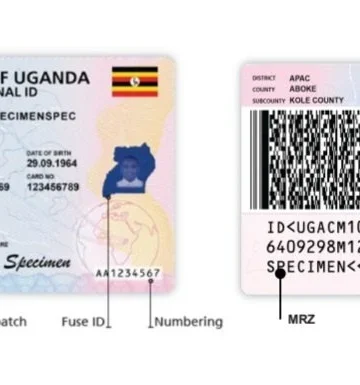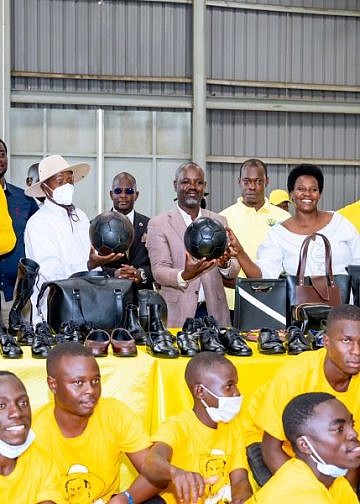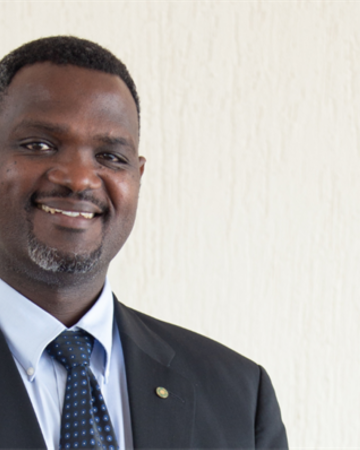By Dr. Joseph Mwizerwa
Every May we mark Nurses and Midwives Day, a powerful reminder of a truth society often overlooks: no health system can function without nurses and midwives. They are the backbone of healthcare globally, especially in underserved communities where access to medical services is limited and health challenges are persistent.
According to the World Health Organization’s 2024 bulletin, healthcare workers are the lifeline of any health system. Among them, nurses and midwives play a critical frontline role, not only in routine care, but also in responding to pandemics, conflict zones, and climate-related disasters.
With over 29 million nurses and 2 million midwives globally, their contribution spans across preventive, promotive, curative, rehabilitative, and palliative care services.
Yet despite their significance, we face a looming crisis: a projected global shortfall of 6 million nurses and 310,000 midwives by 2030. This gap is compounded by geographical disparities.
While the United States has 5.7 million nurses serving 340 million people, Uganda’s 46 million population is served by only 100,000 nurses and midwives. In such contexts, nurses and midwives must go above and beyond to reduce mortality and improve overall health outcomes.
These professionals are more than caregivers. They are educators, advocates, and community leaders. Their close proximity to the people they serve makes them uniquely positioned to drive better health outcomes through continuous care, disease prevention, community outreach, and health education.
For instance, Uganda’s past struggles with epidemics, most recently Ebola, have seen nurses lead swift, coordinated responses that helped contain the crises with minimal damage.
Nurses and midwives are also leading healthcare innovation. Across Uganda and beyond, they are embracing digital tools, telehealth solutions, and mobile outreach programs to bridge care gaps.
From virtual consultations and patient follow-ups to leveraging social media for health education, they are using technology to extend their reach, particularly to hard-to-access communities. Community-based models, such as home visits, mobile clinics, and vaccination campaigns, are further proof of their adaptive and innovative spirit.
Despite representing 55% of the global healthcare workforce, nurses and midwives are often overlooked when it comes to leadership and investment, a gap that must be urgently addressed.
Research shows that higher levels of nursing education are directly correlated with improved patient outcomes. The most significant gains are seen at the bachelor’s level, yet there remains a shortage of nurses with this qualification, particularly across Africa.
To build resilient health systems in Uganda and the wider East African region, we must invest in nursing education, research, and leadership development.
This includes equipping nurses to respond to evolving disease patterns, new health threats, and an expanding scope of care. A well-educated, empowered, and recognized nursing workforce is not just a moral imperative, it’s a strategic necessity for healthier nations.
Let us continue to celebrate our nurses and midwives not only on this special day, but through ongoing recognition of their compassion, dedication, leadership, and innovation and their vital role in shaping the future of healthcare.
The author is the Associate Dean of the School of Nursing and Midwifery, Uganda, and the Associate Vice-Provost of Aga Khan University, Uganda.



